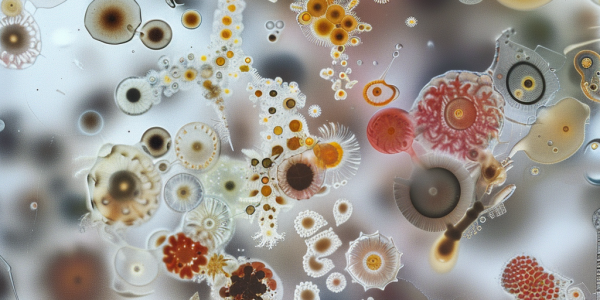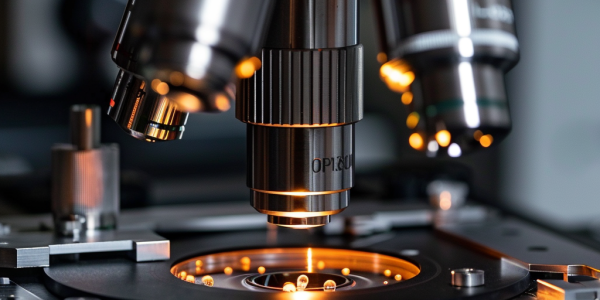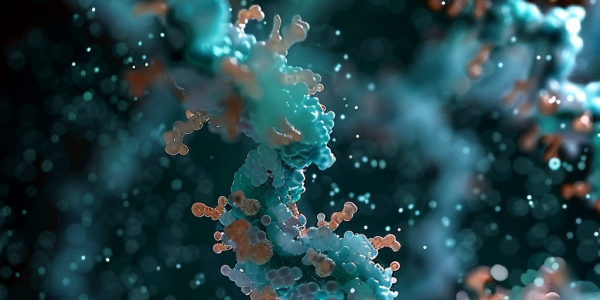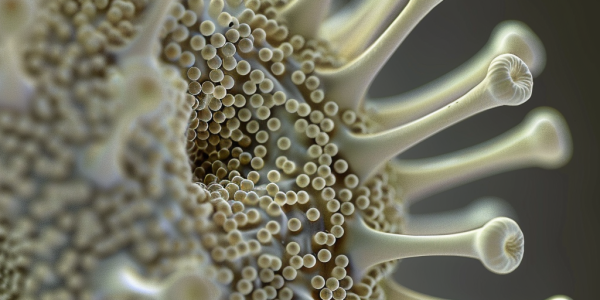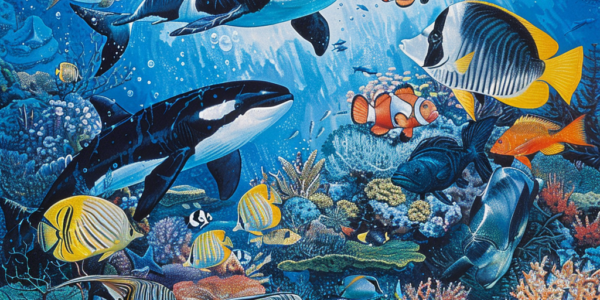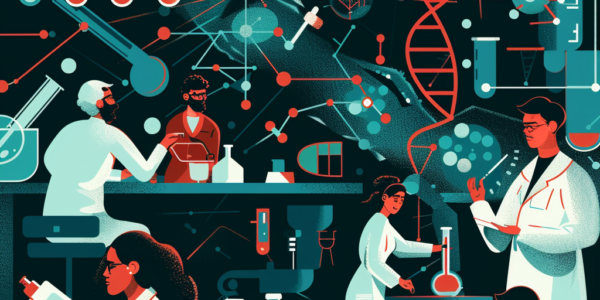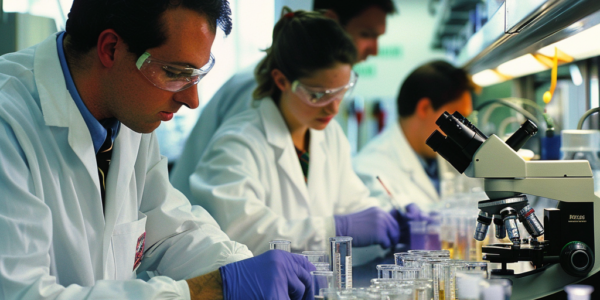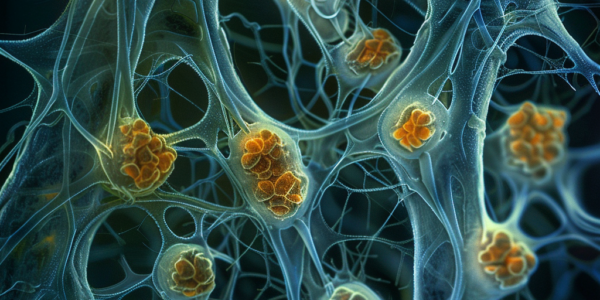Groundbreaking Discovery Unveiled in Plant Science Research
A global team of 279 scientists, led by the Royal Botanic Gardens, Kew, has unveiled a groundbreaking discovery in the field of plant science. Their research, recently published in the journal Nature, delves into the intricate world of flowering plants, shedding light on their evolutionary history and ecological significance on Earth. This monumental achievement, supported by 138 organizations worldwide, represents a significant leap forward in botanical research, offering valuable insights into plant evolution, species identification, and the development of new medicinal compounds.
Study Reveals Surprising Insights on Yeast Evolution and Specialization
Groundbreaking study by scientists at University of Wisconsin–Madison and Vanderbilt University sheds light on evolution of specialists and generalists in yeasts, challenging conventional assumptions. Research, published in Science, reveals that metabolic versatility does not compromise specialization. Database compiled for study is most extensive ever assembled for diverse and ancient group of organisms, offering insights for biofuel and sustainable alternative research.
Revolutionizing Cellular Force Measurement with Quantum-Enhanced Diamond Molecular Tension Microscopy
Discover the groundbreaking Quantum-Enhanced Diamond Molecular Tension Microscopy (QDMTM) developed by researchers from the University of Hong Kong and Sichuan University. This label-free technique revolutionizes cellular force measurement, offering a nanoscale approach to studying cell adhesion forces. By utilizing quantum sensing technology, QDMTM provides new insights into cellular mechanics, paving the way for advancements in mechanobiology research.
Rare Evolutionary Event Unfolds as Two Lifeforms Merge into Single Organism
Discover the extraordinary event of primary endosymbiosis, where two distinct lifeforms merge into a single organism, marking a significant leap in evolution. Learn how this rare occurrence has shaped life on Earth, with examples like mitochondria and chloroplasts, and how researchers have now observed a new fusion between Braarudosphaera bigelowii and UCYN-A, offering insights into the development of new biological functions and adaptations.
Unraveling the Secrets of Prochlorococcus’ Iron-Binding Protein
Researchers at the University of Southampton, led by Ivo Tews, uncover the secrets behind Prochlorococcus’ ability to thrive in low-nutrient waters through the study of its iron-binding protein, FutA. The study, published in the Proceedings of the National Academy of Sciences, utilized advanced structural biology techniques to reveal how FutA can accommodate iron in two oxidation states, enhancing the cyanobacterium’s efficiency in nutrient-poor environments. Neutron crystallography and optical spectroscopy measurements were key in determining the charges of amino acid side chains and tracking iron oxidation states, with Diamond Light Source’s I24 beamline playing a crucial role in capturing real-time structural changes in FutA.
Discovery of Antibacterial Umbrella Particles in Streptomyces Bacteria
Recent research in Nature reveals how Streptomyces bacteria produce unique umbrella particles to inhibit the growth of competing bacterial species. These antibacterial complexes contain polymorphic toxin proteins and lectin components, targeting specific Streptomyces species. Unlike broad-acting antibiotics, umbrella particles mediate competition among related species, offering insights into bacterial dynamics in soil ecosystems and potential for novel antimicrobial strategies.
Hidden Impacts of Ocean Warming and Acidification Revealed
Groundbreaking meta-analysis reveals the hidden impacts of ocean warming and acidification on marine animals’ biological responses. Study highlights the urgent need for proactive measures to mitigate climate change impacts on marine life and preserve biodiversity.
Groundbreaking Study Reveals Potential Targets for Prevention of Degenerative Diseases
Groundbreaking study led by UC Santa Cruz professor Carol Greider and her team reveals potential targets at chromosome ends for the prevention of degenerative diseases. Published in Science, the study challenges existing understanding of telomere lengths and their impact on human health, offering hope for advancements in healthcare and disease management.
Discovery: Aldehydes Linked to DNA Damage and Premature Aging
A team of researchers at Nagoya University in Japan has discovered the impact of aldehydes on DNA damage and aging. Their findings shed light on the association between aldehydes and premature aging diseases, as well as potential strategies to mitigate aging in healthy individuals. The study revealed that aldehydes, metabolic byproducts, are linked to premature aging, emphasizing the importance of controlling exposure to aldehyde-inducing substances such as alcohol, pollution, and smoke. The researchers highlighted the relationship between aldehyde-derived DNA damage and premature aging, emphasizing the significance of ALDH2 in converting aldehydes into non-toxic substances. The study utilized a method called DPC-seq to investigate the link between aldehyde accumulation and DNA damage in premature-aging disease patients, identifying key processes involved in the removal of formaldehyde-induced DPCs. Professor Ogi expressed optimism about the implications of their findings, emphasizing the potential for developing strategies to combat premature aging diseases and mitigate aging in healthy individuals.
Study Reveals Intricate Stages of Symbiotic Relationship Between Plants and Arbuscular Mycorrhizal Fungi
A recent study published in Nature Plants has revealed the intricate stages of the symbiotic relationship between plants and arbuscular mycorrhizal (AM) fungi. The research utilized advanced sequencing techniques to map infected and uninfected plant root cell types, uncovering distinct transcriptome profiles in cortex cells at different stages of colonization by AM fungi. This study provides valuable insights into a relationship of significant agricultural and environmental importance, enhancing our understanding of plant-fungal interactions and showcasing the potential of combining single-cell and spatial transcriptomics to analyze complex organismal relationships.


